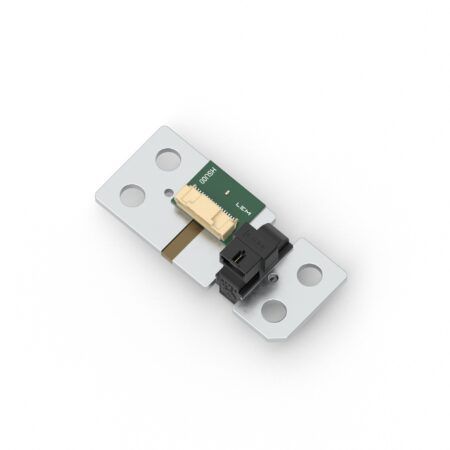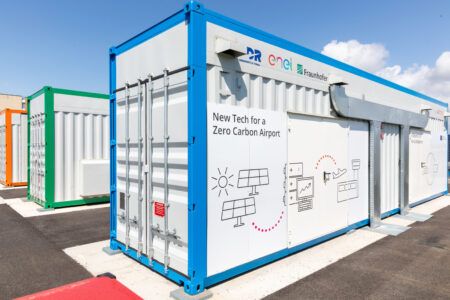While rare, when lithium-ion batteries fail, the result is a condition called thermal runaway, a violent, self-propagating chain of events that lithium battery luminary K.M. Abraham has aptly described as “Like what happens in hell, if you can imagine what happens in hell.” Not surprisingly, extensive research is being conducted in how to detect failures within the five minutes of advanced warning mandated by the United Nations on Electric Vehicle Safety (EVS)Technical Regulation 20 to allow vehicle occupants to escape safely.
In an electric vehicle, hundreds of individual battery cells are interconnected in series and parallel, and when a single cell fails, it swells, initiating a rapid increase in temperature. This self-heating process then begins to vent gases, and as the process of deterioration spreads to other battery cells, these reactions produce even more heat and gases until the entire battery system is affected and thermal runaway occurs.
Legacy methods used for failure detection rely on measurements of voltage, current, or surface temperature, but their significant limitations require new methods to be employed, and the most effective are based on the sensing of carbon dioxide and hydrogen. These gas sensors are extremely sensitive, respond very quickly, are easy to implement, and are comparatively inexpensive.
Gas sensors developed by Amphenol exploit the predictable nature of these gases to rapidly detect a failing cell entering venting phase of thermal runaway.
As infrared radiation interacts with gas molecules, it is absorbed by them at a particular wavelength, which for carbon dioxide is 4.25 µm. Amphenol’s approach uses Non-Dispersive Infrared (NDIR) spectroscopy for detection in which a detection chamber contains an NDIR light source and a detector between which is an optical bandpass filter that significantly rejects light frequencies above and below 4.25 um.
When no carbon dioxide is present in the detection chamber, all light is passed between the light source and the detector, but as its concentration increases, less and less light is detected. When it reaches a specific threshold, the module sends a signal to the battery management system, after which an audio or visual alert (or both) is sent to the passenger compartment.
The same basic approach is used for hydrogen, but instead of optical detection, the system uses thermal conductivity as the measurement parameter, which results in an output shift that is proportional to the hydrogen concentration. The device consists of two “micro” hot plates, one which is in a sealed chamber that acts as a reference cell and the other is exposed to the environment. They are configured in a Wheatstone bridge, a diamond-shaped circuit in which its four “arms” are ideally equally balanced. It is widely used for measurement purposes because it is extremely accurate.
To maintain the bridge in a balanced condition, the same amount of energy must be sent to the two micro hot plates. Once the sensing element is exposed to hydrogen it strips heat from one hot plate and more energy is required to keep the bridge in balance. When hydrogen levels reach a threshold sufficient to make the bridge unbalanced, the same alert process is performed as with carbon dioxide detection.
Both of the detectors are extremely accurate, their part-to-part repeatability is very high because the technologies are inherently linear, and their response speed is extremely fast. In addition, their performance does not significantly decrease with time, a process called sensor drift that is a major consideration as vehicles are on the road for many years. To conserve power, the sensors are turned on for about 35 ms and then off for 45 ms, effectively collecting data twice per second, effectively allowing any change in gas presence possible in just a few samples. Together, they make it possible to detect the presence of these two gases far faster than other methods.
Multiple studies have concluded that gas detection has great potential for increasing the safety of lithium-ion batteries when compared to other methods. Not only is it highly accurate, it is sensitive that a single sensor can be placed anywhere within a battery pack, reducing cost, and the sensors have a lifetime of about 15 years. Consequently, the methods used by Amphenol will likely be commonplace as the electric vehicle market continues to expand.





